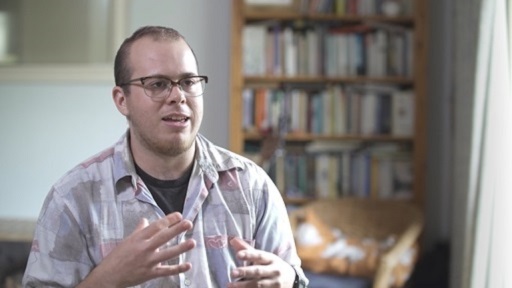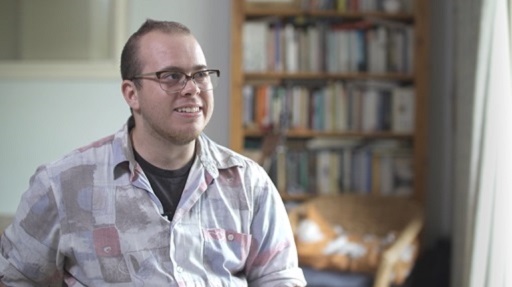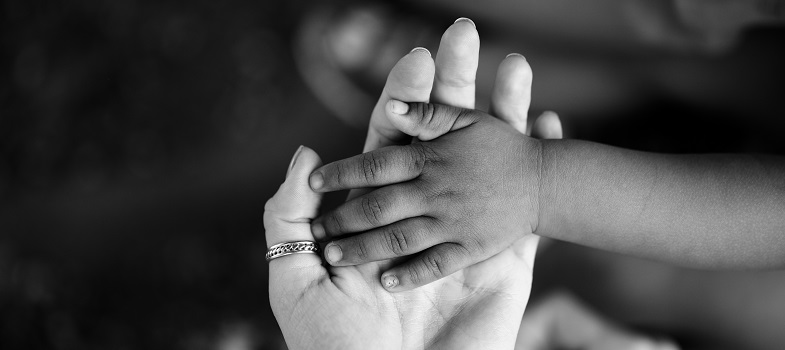2.1 The difference between ‘access’ and ‘inclusion’
Inclusion can frequently trigger thoughts and images of children with physical disability. Some children will arrive at an ELC setting with physical access requirements. The journalist Frances Ryan (2018) commented ‘it isn’t my use of a wheelchair that makes my life disabled, it’s the fact not all buildings have a ramp’. This comment links to the medical model of disability discussed in Week 1, meaning that it is the presence of barriers such as access to buildings that can disable people who have mobility difficulties.
Clearly, it is vitally important that a child who uses a wheelchair can access all parts of the building and this may require adaptations to be made. However, gaining access is one thing; but what about feeling included in a setting?
Interview: working with children with disabilities
Edinburgh-based playworker and artist Max Alexander writes a blog ‘Play Radical [Tip: hold Ctrl and click a link to open it in a new tab. (Hide tip)] ’ where he reflects on his experience of working with children and young people who are disabled and/or need additional support for learning.
Here he reflects on the different meanings of inclusion and access, and how he interprets them on a day-to-day basis in his work with diverse groups of children.

Transcript: Video 2.1 Max Alexander talks about access and inclusion
Activity 2.1 Exploring idea of inclusion and access
Listen to more of Max’s reflections on disability.

Transcript: Video 2.2 Max Alexander’s reflections on disability
Compare Max’s explanation with your own experience. What do you think has influenced your understanding of disability and inclusion?
Discussion
Max describes how he has been conditioned to think about disability through our everyday culture. This is likely to be through school experiences, family expectations, media representations of disability and the everyday experience of being or not being in contact with individuals with disability.
Max describes unconscious bias. We may hold a considered opinion gained through reflection and learning but sometimes our brains make quick judgements about people and pay more attention to how we may have been conditioned to think over time rather than our conscious, considered opinion.
The more we are aware of our potential for prejudice or bias, the more we can be sure that we don’t act on it.
This section has explored the difference between ‘access’ and ‘inclusion’ in relation to disability. However, as discussed in Week 1, inclusion is not just about disabled children. The next section explores inclusion in broader terms.
Introduction
